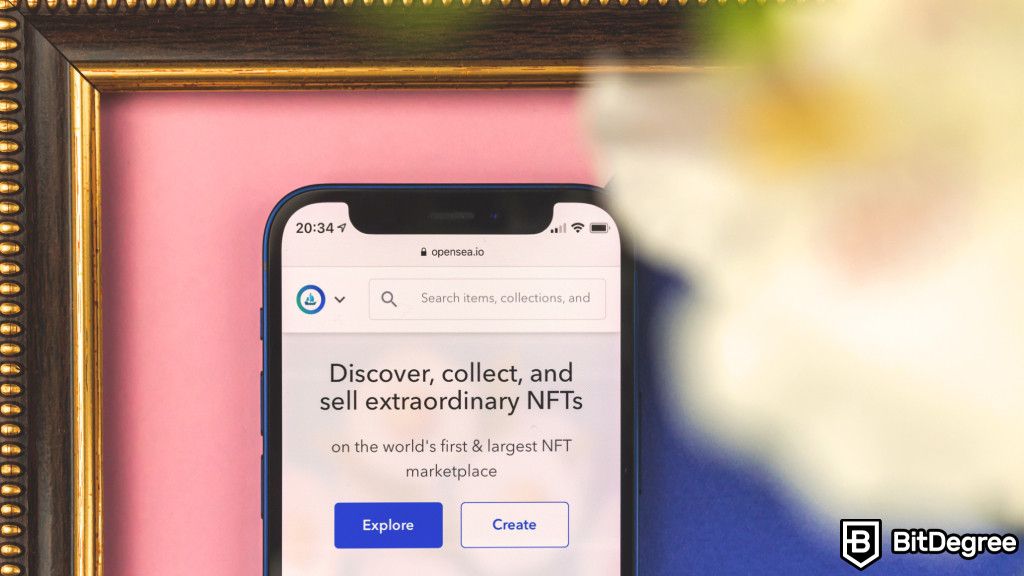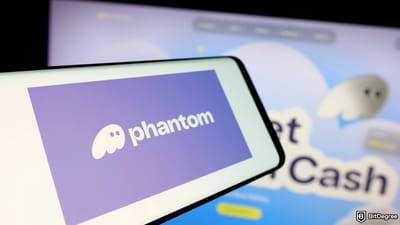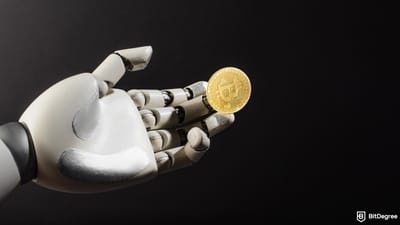Key Takeaways
- While the initial NFT hype has subsided, NFTs are evolving beyond speculation and offer real-world utility across various industries;
- Challenges like environmental impact and lack of regulation require solutions for NFTs to reach their full potential;
- The future of NFTs lies in innovation, user education, and collaboration to build a sustainable and impactful ecosystem.
Stop overpaying - start transferring money with Ogvio. Sign up, invite friends & grab Rewards now! 🎁
Remember those headlines everywhere in 2021? "Beeple Sells Digital Artwork for $69 Million!" or "NFTs are Revolutionizing the Art World!". It seemed everyone, from celebrities to your neighbors, were talking about non-fungible tokens (NFTs). But lately, things have been a bit quieter. So, the big question is: are NFTs dead? Are NFTs worthless now? Or is there more to the story?
While trading volumes have certainly dipped from their peak, major cryptocurrency exchanges like Binance, Kraken, and Coinbase are still heavily involved in the NFT space. This suggests that the future of NFTs might not be as bleak as some headlines might have you believe.
In this article, I will explore the factors that fueled the initial NFT boom, the reasons behind the recent decline, and, most importantly, the potential future of NFTs. We'll also look beyond the hype and explore the real-world applications of NFTs, the challenges they face, and the solutions needed for a sustainable NFT ecosystem.
Let's dive deeper and explore what happened to NFTs and what their future might hold!

Did you know?
Subscribe - We publish new crypto explainer videos every week!
Is Cryptocurrency a Good Investment? (5 PROS & CONS!)


Table of Contents
- 1. The NFT Boom and Bust
- 1.1. Are NFTs Dead?: The 2021 NFT Boom
- 1.2. What Burst the NFT Bubble?
- 1.3. The Events Behind the NFT Hype Decline
- 2. Beyond the Hype: The Potential of NFTs
- 2.1. Real-World Applications of NFTs
- 2.2. Emerging Use Cases of NFTs
- 2.3. Community Building and Social Impact of NFTs
- 2.4. NFTs: Evolving Beyond Speculative Trading
- 3. Challenges and Considerations for a Sustainable NFT Future
- 3.1. Challenges for NFT Adoption
- 3.2. Potential Solutions for a Thriving NFT Ecosystem
- 3.3. Ethical NFT Utilizations by Companies
- 4. Conclusions
The NFT Boom and Bust
So, are NFTs still a thing? Yes, they are. But to understand where they're headed, we need to rewind a bit and revisit the wild ride that was the initial NFT boom and bust. Let's explore the factors that fueled the initial explosion of interest in NFTs, followed by the reasons behind the recent downturn.
Latest Deal Active Right Now:Are NFTs Dead?: The 2021 NFT Boom
In 2021, it felt like everyone was talking about NFTs. From celebrities like Paris Hilton tweeting about her Bored Ape to news outlets declaring NFTs the future of art collecting, the hype was unreal. But what happened to NFTs? Did they take over the world as predicted, or are NFTs dead in the water now?
Well, the truth is somewhere in between. 2021 saw a meteoric rise in NFT popularity, fueled by a perfect storm of factors. First, celebrities and influencers jumped on board, showcasing their own NFT collections and driving media attention through the roof. There is a high chance that your favorite social media personality, athlete, or musician was promoting their own NFT projects – that kind of buzz is hard to ignore.
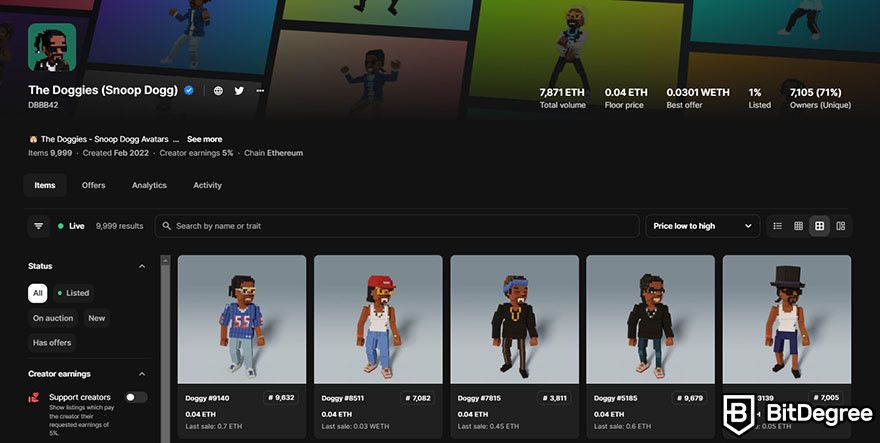
Second, digital art and collectibles exploded in popularity. Suddenly, artists weren't limited to physical canvases. They could create one-of-a-kind digital pieces and sell them as NFTs, allowing them to connect directly with fans and collectors in a whole new way. This, coupled with the rise of platforms dedicated to buying and selling NFTs, opened the floodgates for a new kind of digital art market.
But the biggest driver of the 2021 NFT boom was probably the potential for investment and speculative trading. With stories of people making millions off a single NFT purchase, the frenzy was palpable. Everyone wanted a piece of the pie, hoping to score a quick return on their investment. This speculative trading fueled the fire, pushing NFT prices to astronomical heights.
However, as with many things fueled by hype, the question remains: are NFTs dead now that the initial excitement has faded? We'll explore that in the next section.
What Burst the NFT Bubble?
So, we know that 2021 was a wild ride for the Web3 landscape in general, but what happened to NFTs? Did the party just keep going, or did the NFT bubble burst? Buckle up, because things got a little bumpy.

The initial excitement surrounding NFTs started to wane as several factors came into play. One major concern was market saturation. We've talked about how the NFT hype in 2021 set in fast. The market became flooded with projects, many of which lacked real innovation or utility. It became harder for high-quality projects to stand out, leading to a decline in overall interest.
Another factor that cast a shadow on NFTs was the environmental impact of blockchain technology, the backbone of NFTs. The energy consumption required to run some blockchains raised eyebrows and concerns about the environmental sustainability of NFTs. People started questioning whether these digital collectibles were worth the real-world cost.
Adding fuel to the fire was the broader cryptocurrency market crash of 2022. As the value of Bitcoin and other cryptocurrencies plummeted, investor confidence in the entire crypto space, including NFTs, took a major hit. People became more hesitant to invest in something perceived as risky and volatile.
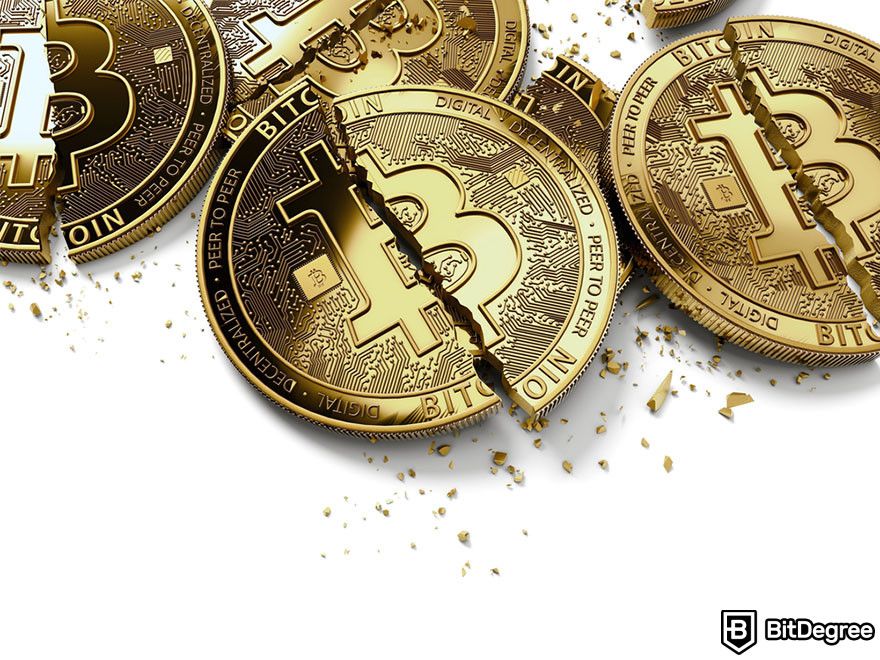
Finally, issues like wash trading (artificially inflating prices through fake trades) and scams (fake NFT projects designed to steal money) also tarnished the NFT market's reputation. These shady practices made potential investors wary and further eroded trust in the space.
So, is the NFT market dead? Not necessarily. But the initial frenzy certainly cooled down as a result of these factors.
The Events Behind the NFT Hype Decline
So, we’ve looked at the factors that burst the NFT bubble. Let’s take a look at some specific events that stand out during this period to learn about what caused the decline:
- The collapse of Terra Luna: This major cryptocurrency crash in May 2022 sent shockwaves through the entire crypto ecosystem, including NFTs. Investors became more risk-averse, with many pulling out of the NFT market altogether.
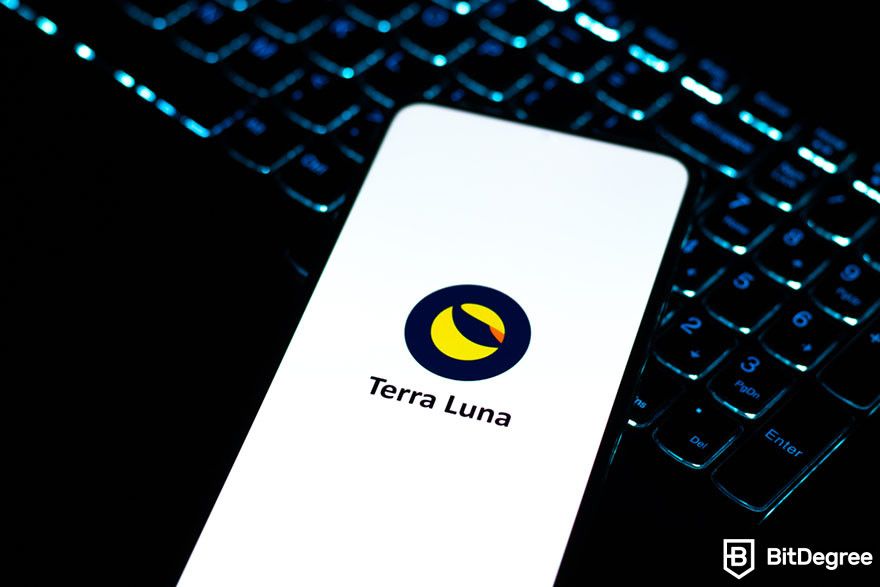
- The OpenSea insider trading scandal: A former OpenSea employee was accused of using insider information to buy NFTs before they were featured on the platform, raising concerns about fairness and transparency in the NFT space. This eroded trust among potential NFT buyers.
- The rise of "copycat" NFT collections: The market became saturated with low-quality NFT projects that mimicked popular collections. This created confusion and made it harder for genuine projects to stand out, leading to investor fatigue.
These three notable cases, along with many others, contributed to the increased public cynicism towards the NFT market. Questions like “Are NFTs dead?” and “Are NFTs worthless now?” keep coming up. To answer them, I will discuss the overlooked potential of NFTs beyond their hype and lucrative nature in the next section.
Beyond the Hype: The Potential of NFTs
So far, what most NFT projects have offered is the chance to collect limited artworks and potentially turn a profit. But what if I told you NFTs actually have a lot more potential beyond speculation? The future of NFTs isn't just about owning digital bragging rights. Let's delve deeper and explore the exciting ways NFTs can be used to revolutionize ownership, identity, and even entire industries.
Real-World Applications of NFTs
Forget all the hype about NFTs being just million-dollar monkey pictures. NFTs are proving their value in surprising ways across various industries. Here's how NFTs are moving beyond speculation and offering real-world utility:
- Revolutionizing the music industry: Musicians are increasingly using NFTs to connect with fans and offer exclusive experiences. For example, Justin Bieber released his song "Company" as an NFT, granting holders 1% of the song's streaming royalties. This creates a new revenue stream for artists while fostering a stronger connection with their fanbase.

- Owning a piece of fashion history: Fashion brands are tapping into the NFT market to offer unique digital collectibles alongside physical items. For instance, Adidas rolled out a Web3 artist residency program through the Triple Stripes Studio. Dolce & Gabbana also released a collection of nine NFTs featuring exclusive digital wearables. These NFTs can be used to dress avatars in metaverse platforms, showcasing ownership of a unique digital fashion item.
- Ticketing with a twist: NFTs are transforming the ticketing landscape by offering more than just entry to an event. Ticketing giant Ticketmaster has experimented with NFT ticketing for events. Imagine owning an NFT ticket to your favorite artist's concert. This NFT could not only grant you entry but also act as exclusive merchandise, offering VIP experiences or limited-edition content accessible only to NFT holders.
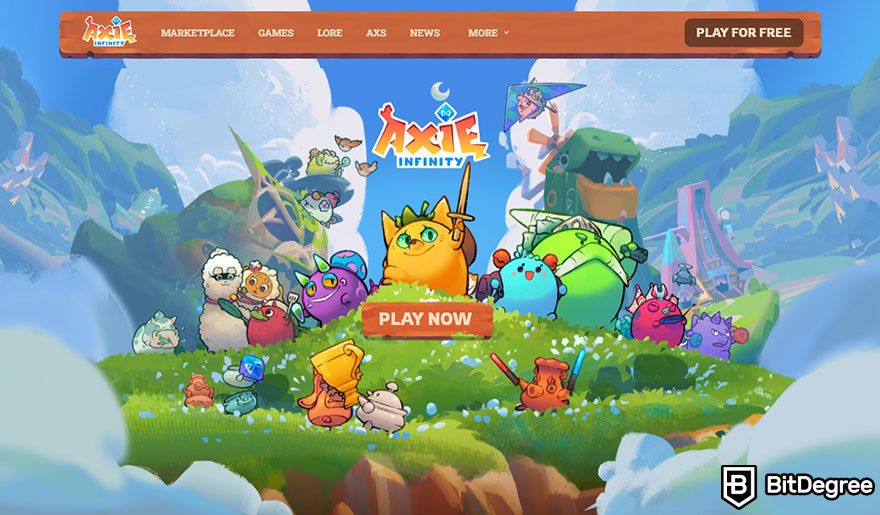
- Play-to-earn gaming: NFTs are revolutionizing the gaming industry by creating a new paradigm: play-to-earn. Games like Axie Infinity allow players to collect, breed, and battle NFT-based creatures called Axies. These Axies can be valuable, and players can earn rewards by playing the game and selling or trading their Axies. This creates a new way for gamers to monetize their time and skills, and NFTs play a crucial role in enabling this play-to-earn ecosystem.
- Ensuring ethical sourcing in the food industry: The murky world of food supply chains can be illuminated by NFTs. Imagine tracking the origin of your Wagyu steak from farm to table, all documented on an NFT. This NFT could contain information about the cow's breed, feeding practices, and environmental impact. Consumers empowered with this level of transparency can make informed choices and support ethical sourcing practices.
These are just a few examples of how NFTs can push boundaries and create new possibilities across various industries. While the "get rich quick" schemes might have faded, the future of NFTs is brimming with potential for innovation and real-world applications.

Did you know?
Subscribe - We publish new crypto explainer videos every week!
Paper Hands vs Diamond Hands: Crypto Slang Explained (ANIMATED)


Emerging Use Cases of NFTs
The conversation surrounding NFTs has shifted in recent times. Some might ask, "Are NFTs dead?". To answer that, let's explore some groundbreaking applications (use cases) that push NFTs beyond static digital art and unlock a universe of new possibilities.
Welcome to the Metaverse
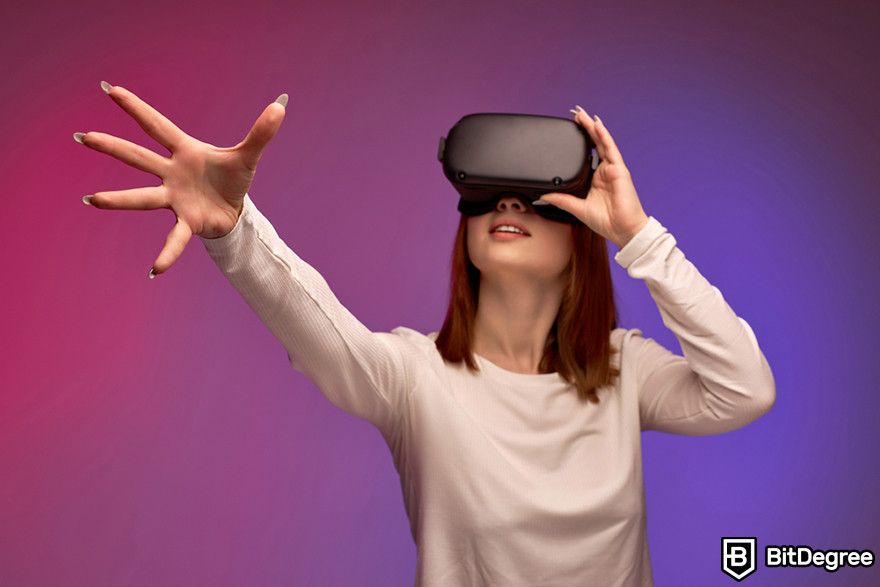
The Metaverse is a concept for a persistent, shared, and immersive virtual world that users can access through the internet. NFTs are seen as potentially playing a vital role in the metaverse by establishing ownership rights and facilitating trade within these virtual environments. Imagine a virtual world where you can own a piece of digital land, customize your avatar with unique NFT-based wearables, and participate in a thriving in-metaverse economy.
NFTs are poised to play a vital role in establishing ownership rights and facilitating trade within these virtual worlds. This could unlock entirely new avenues for creators, businesses, and even gamers to connect and monetize their creations.
Owning a Piece of the Real World in a Digital Way
NFTs are blurring the lines between the physical and digital realms. Imagine co-owning a rare car or a piece of valuable artwork through fractionalized NFTs. This technology allows for the division of ownership rights into smaller, more accessible tokens. Suddenly, owning a share of a multi-million dollar painting becomes a possibility, not just for the super-rich. This could democratize access to high-value investments and create entirely new asset classes.
DeFi Gets a Makeover with NFTs
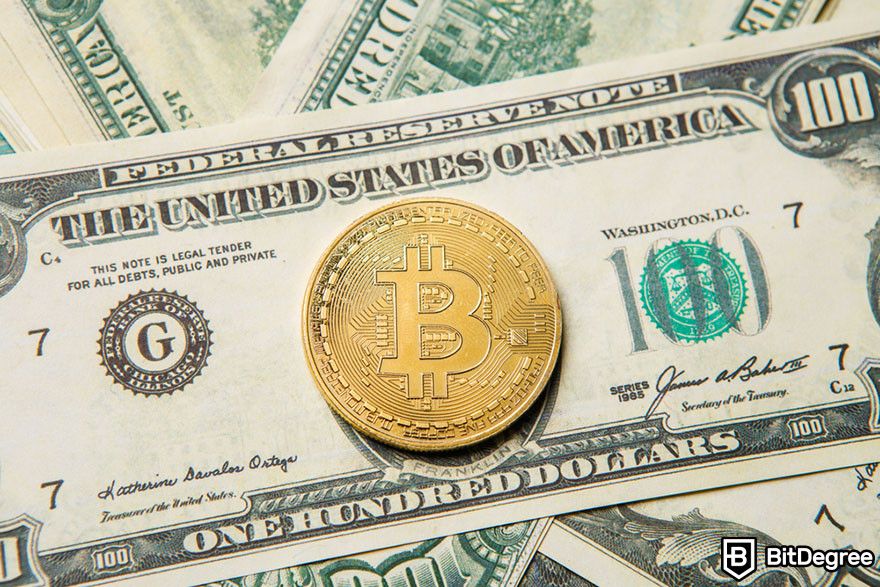
The world of Decentralized Finance (DeFi) is also getting a boost from NFTs. Imagine using an NFT representing a rare sneaker collection as collateral for a loan in a DeFi protocol. Or, picture tokenized shares in a company represented by NFTs, allowing for more transparent and fractionalized ownership.
The integration of NFTs with DeFi opens doors for innovative financial products and services, potentially changing how we access capital and invest in the future.
So, are NFTs dead? I don’t think so. These emerging applications showcase the immense potential of NFTs to reshape ownership models, create new virtual economies, and even revolutionize traditional investment structures.
While the initial frenzy might have subsided, the future of NFTs is far from written. As technology evolves and new use cases emerge, NFTs could become an indispensable tool for navigating the ever-expanding digital landscape.
Community Building and Social Impact of NFTs
The NFT conversation often centers around million-dollar artworks and speculative trading. But what if we told you NFTs are also fostering a sense of community and creating positive social change?
While some might scoff and ask, "Are NFTs dead?", a growing number of projects are using NFTs for social good, proving they're still very much a thing. Let's explore how NFTs are building communities and driving positive social impact.
NFT-powered Clubs and Collectives
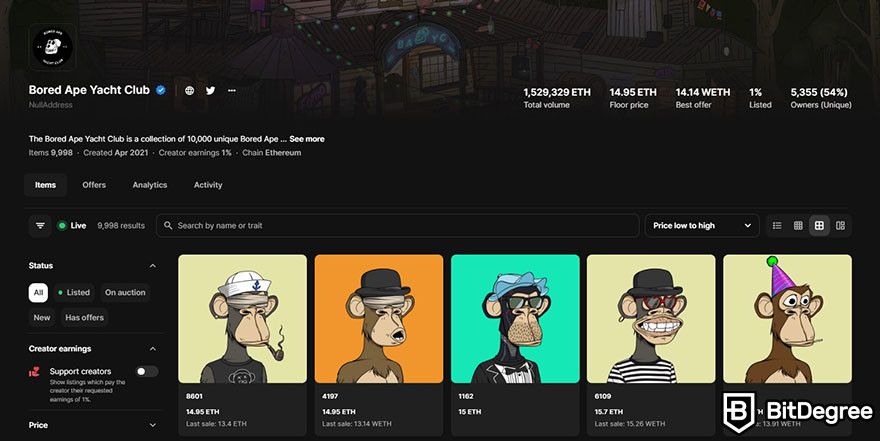
Forget exclusive country clubs. NFTs are creating new models for online communities with shared interests. Imagine a group of passionate environmentalists coming together through an NFT collection dedicated to protecting endangered species.
NFT ownership could grant access to exclusive educational content, discussions with conservation experts, or even voting rights on how the community allocates funds toward environmental initiatives. This fosters a strong sense of belonging and empowers communities to collaborate for a cause they care about.
DAOs Take Center Stage
Decentralized Autonomous Organizations (DAOs) are internet-native communities with shared goals and governance structures. NFTs can act as membership tokens for these DAOs, granting voting rights and access to decision-making processes. Imagine a DAO using NFTs to raise funds for social causes like building schools in underprivileged communities.
NFT holders could then vote on how the funds are allocated, ensuring transparency and community involvement in the project's success. This opens doors for a new wave of collaborative philanthropy powered by NFTs.
Preserving Cultural Heritage
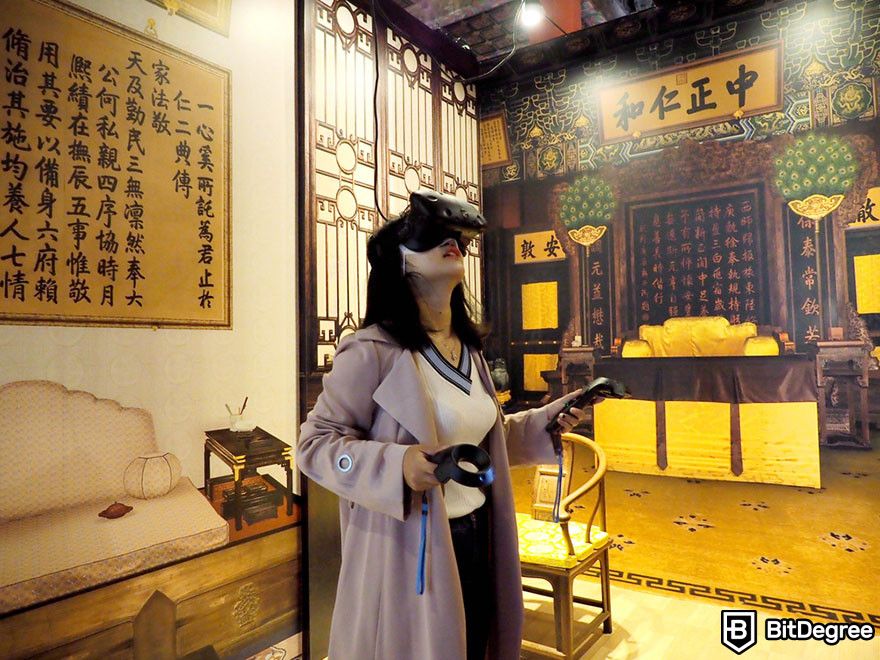
NFTs can also be guardians of cultural heritage. Imagine a historical museum using NFTs to document and preserve ancient artifacts. These NFTs could contain detailed information about the artifact's origin, historical significance, and even 3D scans for virtual exploration.
Not only does this ensure the accessibility of these artifacts for future generations, but it also opens doors for innovative fundraising opportunities. The museum could offer fractional ownership of these cultural NFT records, allowing a wider audience to contribute to their preservation.
So, are NFTs dead in terms of social impact? Absolutely not. The future of NFTs offers exciting possibilities for building engaged communities, fostering collective action for social good, and safeguarding cultural heritage for generations to come. While the initial focus might have been on financial gain, the social impact potential of NFTs is a narrative waiting to be fully explored.
NFTs: Evolving Beyond Speculative Trading
The question lingers: are NFTs dead? While the initial hype surrounding expensive digital artworks has subsided, declaring the entire NFT market dead might be a bit premature. The technology behind NFTs – blockchain – has the potential to revolutionize various aspects of our digital lives.

The key, perhaps, lies in shifting our focus. Here's my take: the initial NFT boom prioritized speculation and quick flips over actual utility. This led to a market saturated with projects lacking real value. The future of NFTs lies in a focus on utility and real-world applications.
Imagine an NFT concert ticket that not only grants you entry but also unlocks exclusive content or limited-edition merchandise. Or, picture an NFT representing ownership of a sustainable clothing line, ensuring transparency in the supply chain. These are just a few examples of how NFTs can offer tangible benefits beyond just bragging rights.
So, is the NFT market dead? Not necessarily. But for NFTs to thrive, there needs to be a fundamental shift in perspective. NFTs should be viewed as tools for innovation, not just speculative investments. As we move beyond the hype and focus on building real value, the future of NFTs holds immense potential to transform the way we interact with the digital world.
Challenges and Considerations for a Sustainable NFT Future
We've explored the exciting potential of NFTs across various industries and their burgeoning role in fostering social good. But, it's important to acknowledge the challenges that still hinder widespread adoption.
While the "Are NFTs dead?" question might seem less relevant after seeing their potential, ensuring a sustainable future for NFTs requires addressing some key roadblocks. Let's delve into the environmental concerns, regulatory uncertainties, and other challenges that need to be tackled for NFTs to reach their full potential.
Challenges for NFT Adoption
NFTs face challenges on the road to mainstream adoption, but these hurdles don't signal their demise. Remember, the question of "Are NFTs dead?" is too simplistic. Here, we'll explore some of the key challenges that need to be addressed to ensure a sustainable future for NFTs.
Environmental Impact of Blockchain Technology
Remember that whole "What happened to NFTs?" conversation in 2022? The environmental impact was one of the major factors in the decline of NFT hype. The energy consumption required to run some blockchains used for NFTs is staggering.

The increase in NFT transactions has drawn the attention of the art market to the consequent carbon emissions resulting from verifying transactions in PoW blockchains supporting NFT transactions[1]. This raises serious questions about the environmental sustainability of the entire NFT ecosystem.
Regulatory Uncertainty and Lack of Clear Guidelines

The regulatory landscape surrounding NFTs is currently murky. During its peak momentum, many people abused the novelty and hype of the NFT market to gain profit in an unsustainable and exploitative manner. The lack of clear guidelines also creates uncertainty for businesses and potential investors. Without proper regulations, issues like fraud, scams, and market manipulation can flourish, scaring potential investors and users from the ecosystem.
User Education and Accessibility Issues

The world of NFTs can be complex and intimidating for newcomers. They may get lost in their frenetic evolution due to the lack of systematic summaries[2]. Understanding the technology, navigating marketplaces, and managing digital wallets can be a significant barrier to entry. Without improved user education and more user-friendly interfaces, NFTs risk remaining a niche market for tech-savvy enthusiasts.
Fortunately, it's possible to overcome these challenges. The future of NFTs hinges on the industry's ability to address these issues head-on. As we move forward, the focus should be on developing energy-efficient blockchain solutions, collaborating with regulators to establish clear frameworks, prioritizing robust security measures, and making the NFT space more accessible through user education and user-friendly platforms.
Only then can NFTs truly live up to their potential and thrive in a sustainable and responsible manner.
Potential Solutions for a Thriving NFT Ecosystem
So, are NFTs dead because of these challenges? Absolutely not! The future of NFTs is still bright, but it requires a collaborative effort to address the roadblocks mentioned earlier. Here's a glimpse into some potential solutions that can pave the way for a more sustainable and thriving NFT ecosystem:
- The Rise of Energy-Efficient Blockchains
The industry is actively exploring eco-friendly alternatives. Several blockchains are already transitioning to Proof-of-Stake (PoS) validation mechanisms, which consume significantly less energy compared to traditional Proof-of-Work (PoW) systems. Initiatives by major players like Ethereum, aiming to move to a PoS model, are a step in the right direction.
- Collaboration Between Platforms with Regulatory Bodies
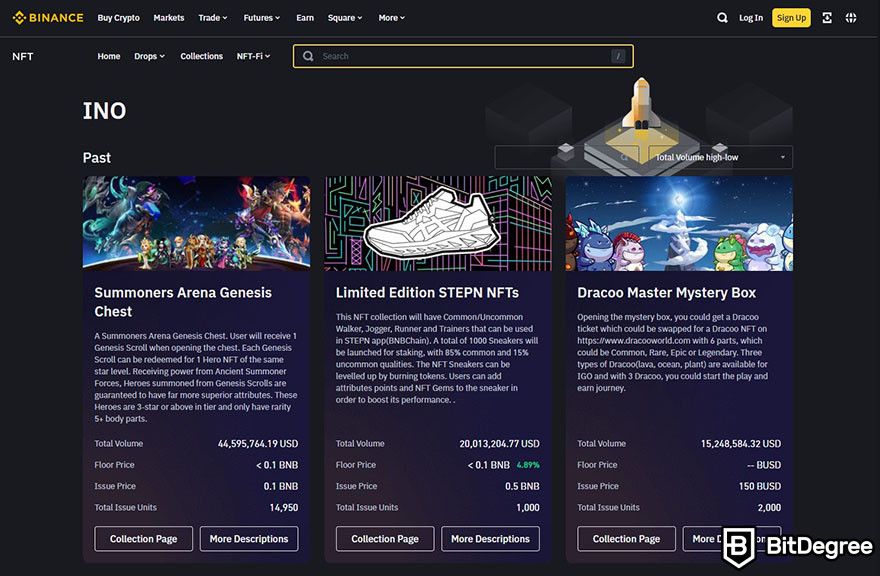
Clear regulations are essential for fostering trust and preventing bad actors. Leading crypto exchanges like Binance, Kraken, and Coinbase are already collaborating with regulatory bodies to establish clear guidelines for the NFT market. This will create a more secure environment for investors and businesses alike.
- Prioritizing Security and User Protection
Security breaches and scams can be deterred by implementing robust security measures on NFT marketplaces and promoting user education. Platforms can partner with cybersecurity firms to strengthen their defenses, and users can be encouraged to adopt multi-factor authentication and secure wallet management practices.
- Demystifying NFTs Through User Education
Making the NFT space more accessible is crucial for wider adoption. Educational platforms like BitDegree can play a vital role in simplifying complex concepts and offering user-friendly guides on navigating the world of NFTs. Imagine learning about different NFT use cases, understanding how to buy and sell NFTs safely, and all this explained clearly and concisely. This will empower newcomers to participate in the NFT ecosystem with confidence.
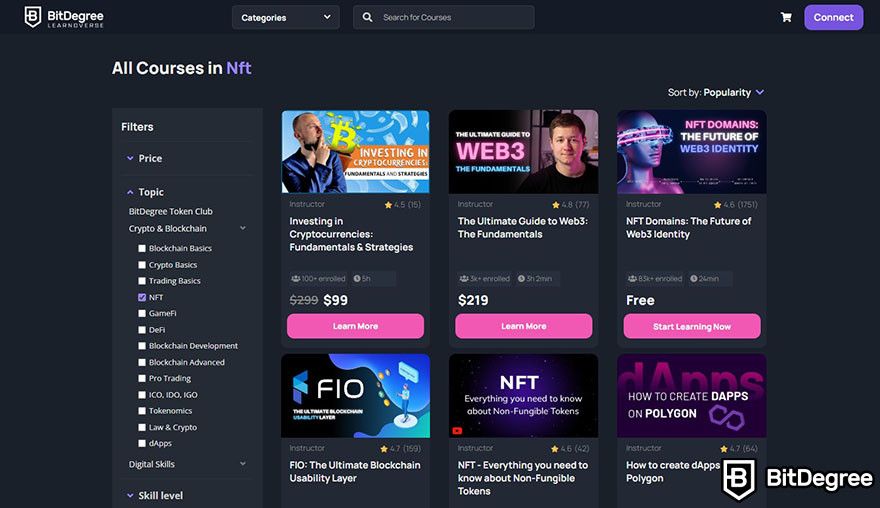
By implementing these solutions, the NFT industry can move beyond the "Are NFTs dead?" narrative and usher in a new era of responsible innovation. A future where NFTs are not just a speculative asset class, but a powerful tool for creators, businesses, and individuals to connect, create, and drive positive change.

- Secure and reliable
- Accepts fiat currencies
- Lots of trading options
- Reputable exchange
- Accepts fiat currencies
- Offers various trading options

- Huge trading variety
- Regulation-compliant around the globe
- Fair trading fees
- Beginner-friendly
- A wide array of features
- Vast number of different crypto coins & tokens

- Beginner-friendly
- Secure
- Decent trading and withdrawal fees
- Crypto.com Visa Card
- Automated tools & bots
- Ecosystem synergy with CRO
Ethical NFT Utilizations by Companies
The potential of NFTs is undeniable, but so is the responsibility that comes with it. For brands and companies to successfully utilize NFTs, avoiding predatory practices is crucial. Here's what responsible NFT implementation may look like:
- Focus on value creation: Don't just jump on the NFT bandwagon. Develop NFT projects that offer genuine value to your customers. This could be exclusive experiences, unique digital goods, or even a voice in product development decisions.
- Transparency is key: Be upfront about the purpose and utility of your NFTs. Clearly communicate what value they offer and how they integrate with your brand identity.
- Prioritize community building: Don't view NFTs as a simple cash grab. Use them to foster a strong community around your brand. Engage with your NFT holders, listen to their feedback, and build a lasting connection.
Because brands and companies play a big role in shaping consumer behavior and market trends, they have the unique opportunity to use NFTs to forge deeper connections with their audience and foster a more resilient NFT ecosystem. By focusing on these strategies, they can enhance customer engagement and promote long-term sustainability in the digital asset space.
Conclusions
So, are NFTs dead? The answer is a resounding no. While the initial frenzy surrounding profile pictures may have subsided, the underlying technology and its potential applications are far from dead. We've explored how NFTs are revolutionizing ownership models, fostering a sense of community, and even creating positive social impact. However, challenges like environmental concerns and regulatory uncertainty cannot be ignored.
The good news is that the industry is actively working on solutions. From the development of eco-friendly blockchains to the collaboration between leading crypto exchanges like Binance, Kraken, and Coinbase with regulators, there's a collective effort to ensure a sustainable future for NFTs.
Are NFTs still a thing? I think it is and their potential is only just beginning to be explored. As the technology matures, user education improves, and regulations evolve, NFTs have the potential to become a powerful tool for innovation across various industries.
The future of NFTs is not written in million-dollar monkey pictures but in the countless possibilities waiting to be unlocked. This is a future where creators, businesses, and individuals can leverage NFTs to connect, create, and drive positive change in the digital world.
The content published on this website is not aimed to give any kind of financial, investment, trading, or any other form of advice. BitDegree.org does not endorse or suggest you to buy, sell or hold any kind of cryptocurrency. Before making financial investment decisions, do consult your financial advisor.
Scientific References
1. Truby J., Brown R. D., Dahdal A., et al: 'Blockchain, Climate Damage, and Death: Policy Interventions to Reduce the Carbon Emissions, Mortality, and Net-Zero Implications of Non-fungible Tokens and Bitcoin';
2. Wang Q., Li R., Wang Q., et al: 'Non-Fungible Token (NFT): Overview, Evaluation, Opportunities and Challenges'.
